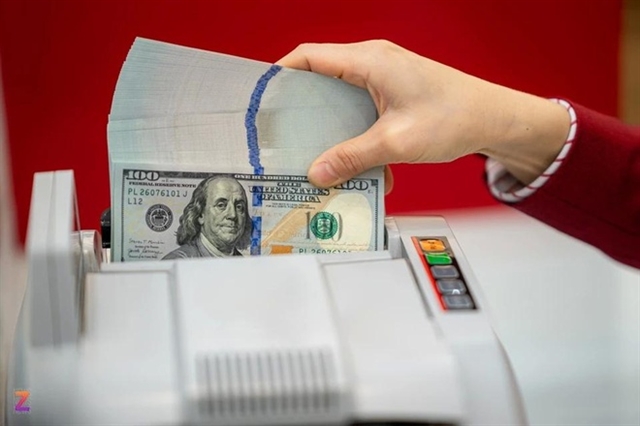
The U.S. dollar is projected to strengthen further against the Vietnamese đồng, with forecasts suggesting an exchange rate of VNĐ25,400 per dollar by the end of October 2024. This marks an increase of VNĐ680 (2.75%) since the beginning of the month [1c069140]. The dollar index (DXY) has also seen a rise of 2.4%, reaching 103.62, reflecting broader trends in the U.S. economy [1c069140].
The recent economic landscape has been shaped by the Federal Reserve's decision to cut interest rates by 0.5 percentage points in September, which has contributed to a positive growth outlook for the U.S. economy [1c069140]. Additionally, the State Treasury of Vietnam has engaged in dollar purchases totaling US$700 million in October, indicating a proactive approach to managing currency dynamics [1c069140].
The State Bank of Vietnam resumed treasury bill offerings worth VNĐ33,950 billion from October 18 to 21, 2024, as part of its strategy to stabilize the currency market amid rising pressures [1c069140]. Analysts from ACB predict that the exchange rate may return to over VNĐ25,400, while economist Trần Đức Anh anticipates an end-of-year exchange rate of VNĐ25,120, representing a 3.5% increase from the start of the year [1c069140].
Despite potential pressures on the exchange rate expected in early Q4, experts believe that these pressures will likely ease later in the quarter [1c069140]. The combination of U.S. economic strength and strategic interventions by the State Bank of Vietnam will be crucial in determining the future trajectory of the USD/VNĐ exchange rate.